
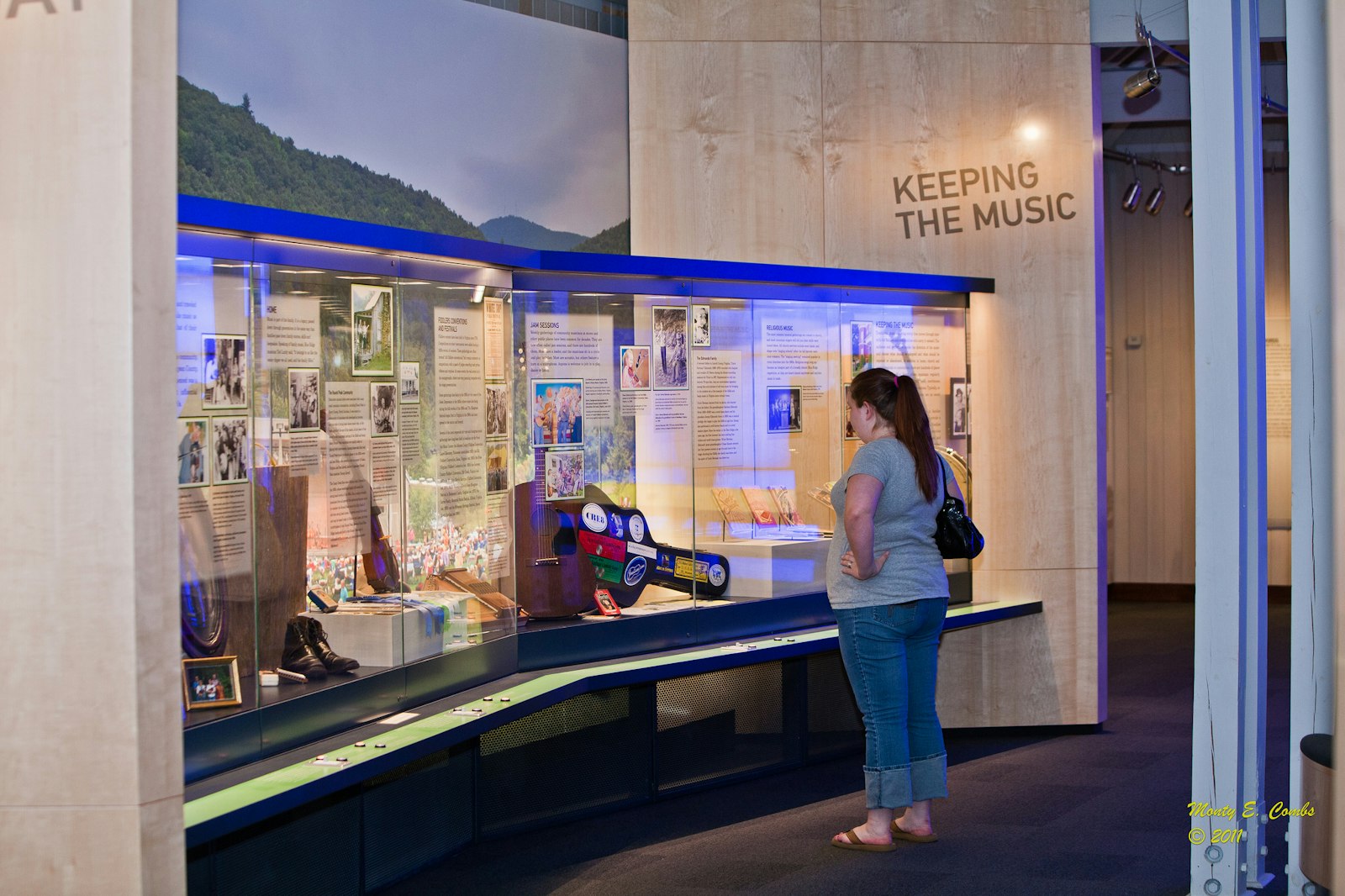
.
.
The Blue Ridge Parkway hosts one of the few national park sites devoted to interpreting, presenting, and promoting music, and the Blue Ridge Music Center, at milepost 213 along the Parkway, is on a mission to share the story of traditional mountain music—its evolution from musical roots around the world into the music that is synonymous with the Appalachian landscape today.
For more than a decade, the Blue Ridge Parkway Foundation has been coordinating, producing, and presenting musical performances at the Music Center, near Galax, Virginia, in its capacity as primary fundraising partner to the Parkway.
Now, thanks to funding from the National Park Foundation (NPF)’s 2022 Strong Parks, Strong Communities grant program, the Blue Ridge Parkway Foundation is collaborating with a national economic development consulting firm, Fourth Economy, and local community stakeholders to create a new strategic plan for the Music Center.
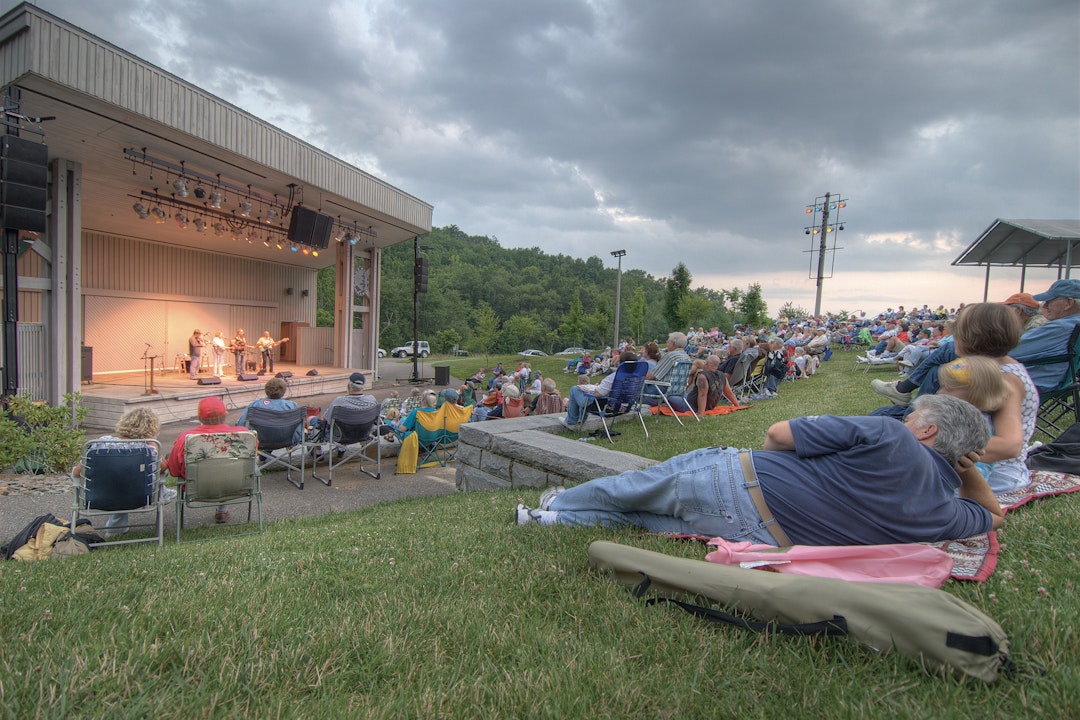
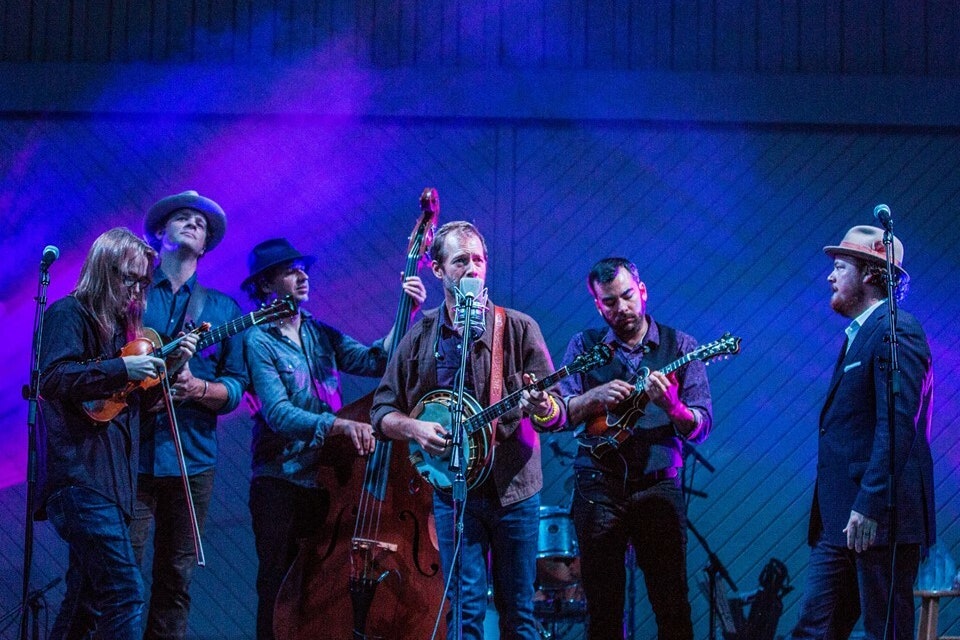
Strong Parks, Strong Communities capacity building grants like this one help park partners address their current needs, ensuring that each organization is stronger and more resilient for the next chapter in its history. For George Ivey and the Music Center staff, their focus is envisioning ways to utilize the musical traditions of the Blue Ridge Mountains to tell the collective history and imagine the innovative future of the region. “We want to preserve, share, and sustain these musical traditions," says Ivey, the Blue Ridge Parkway Foundation’s North Carolina Development Director. The new strategic plan, made possible through this grant, will guide the Music Center in reaching out to and attracting larger and more diverse audiences, increasing the variety and volume of the Music Center’s financial resources to ensure the sustainability of the programming, and encouraging more tourists to visit this rural region of Appalachia to experience authentic, unique, and vibrant mountain music performances.
Locally Discovered, Globally Inspired
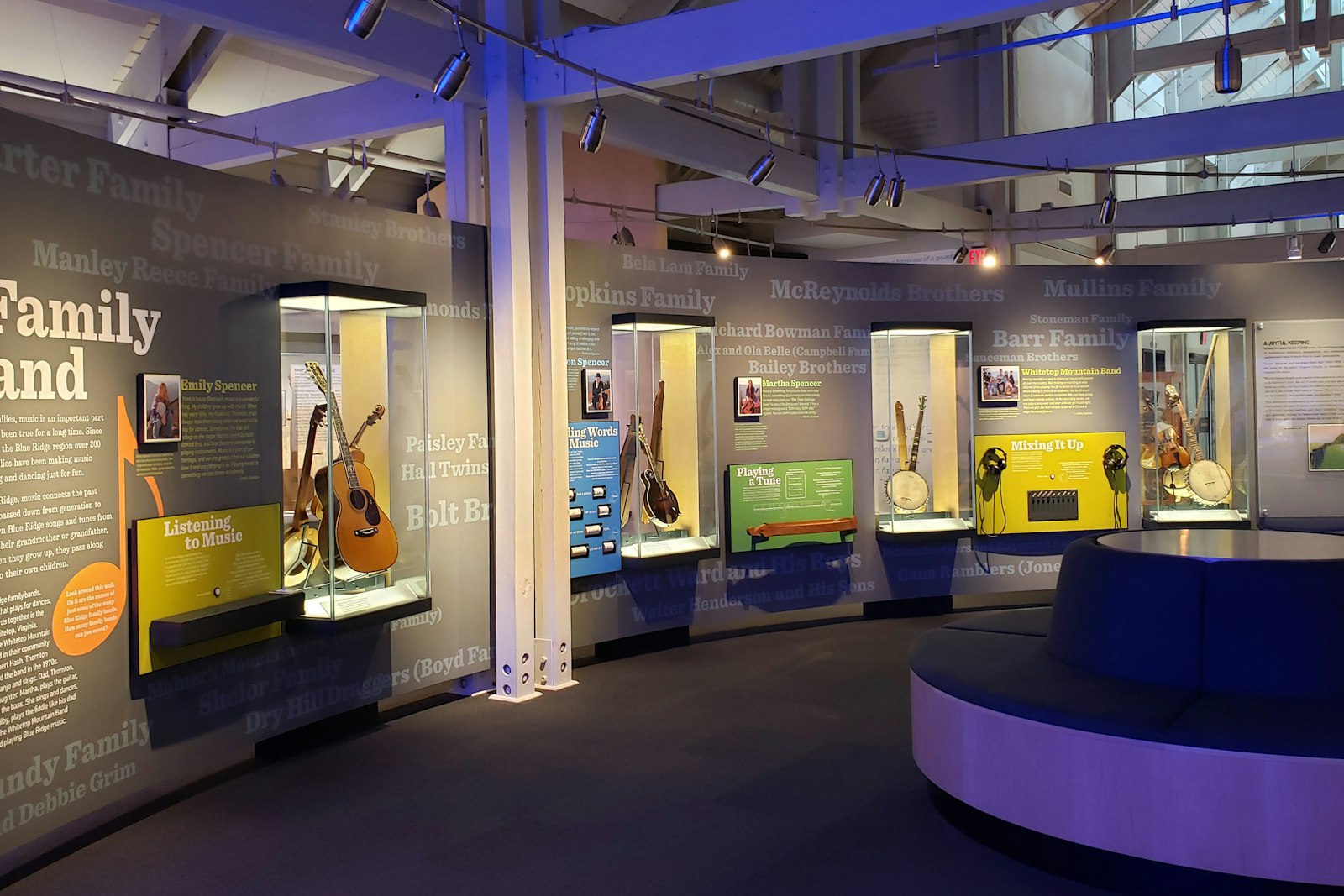
Although bluegrass music is synonymous with Appalachia, its roots can also be found in various places around the world. Instruments such as the akonting from West Africa were adapted when brought into Appalachia by enslaved people, and evolved into what we recognize today as a banjo. European immigrants carried their own musical instruments, including the fiddle. The interplay of the African-based banjo rhythms and English, Irish and Scottish fiddle tunes led to creation of a new musical form. In recalling the history of Blue Ridge mountain music, Ivey explains the importance of both honoring “the more traditional elements, songs, and presentations, as well as the ‘living tradition’ of how these genres continue to evolve, bring[ing] in new artists, talent, and interpretations.”
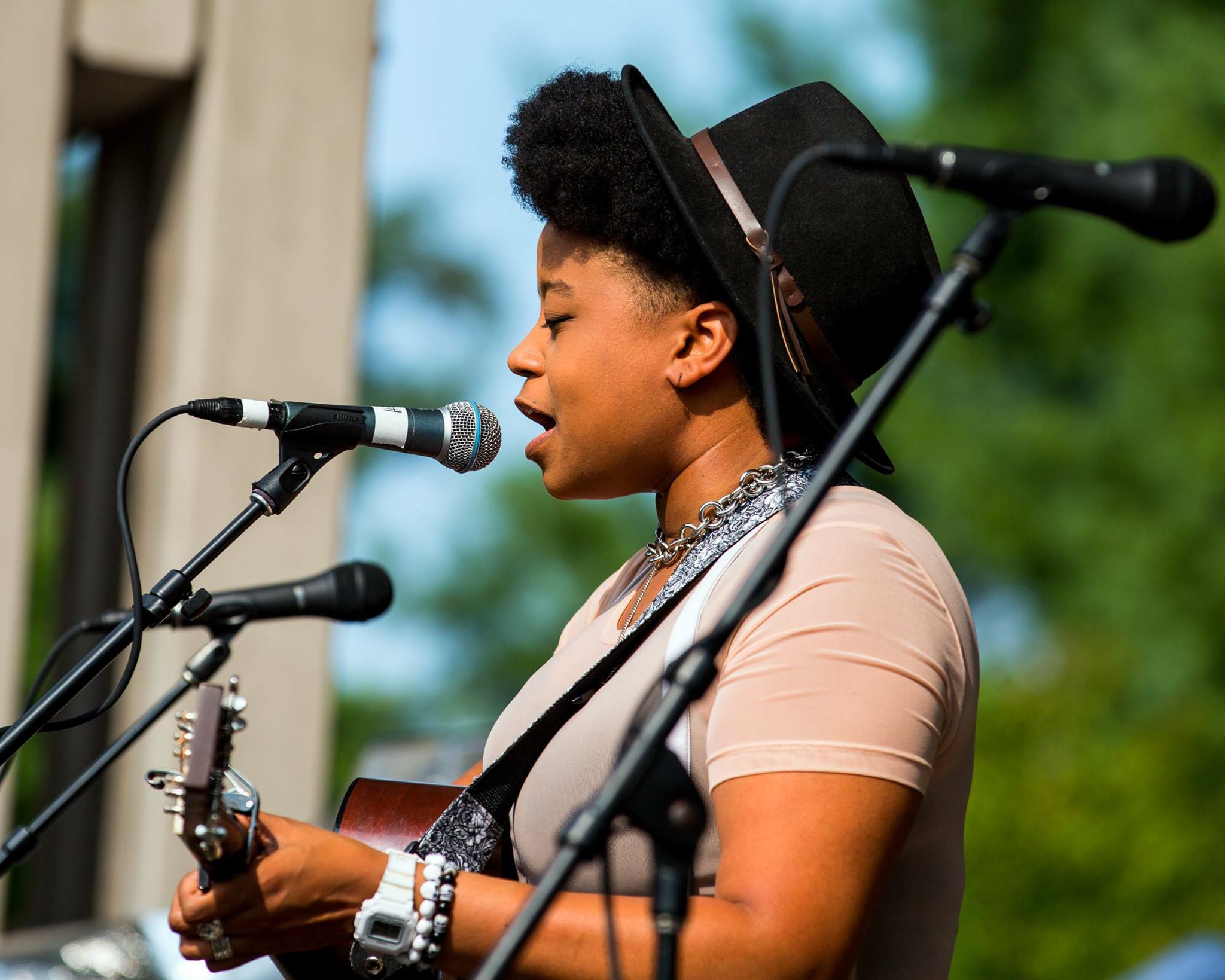
One goal of the new strategic plan will be to attract larger and more diverse audiences who might not know much about the evolution of this genre of music in American history, allowing people “to see their own cultural roots in this music – and it’s often referred to as roots music for that reason,” Ivey says.
Additionally, the Blue Ridge Music Center hopes the strategic plan will help grow local economic activity through increased tourism in the surrounding areas and communities along the Parkway in the Blue Ridge Mountains. Similar to other manufacturing towns in the region, the nearby towns of Galax, Virginia, and Mount Airy and Sparta, North Carolina, saw their factories decline and often shut down, leaving many workers unemployed. The Blue Ridge Music Center “welcomes this opportunity to find more ways for people to make a living, stay in the area, and have their kids not only play music, but stay there and play music,” Ivey says.